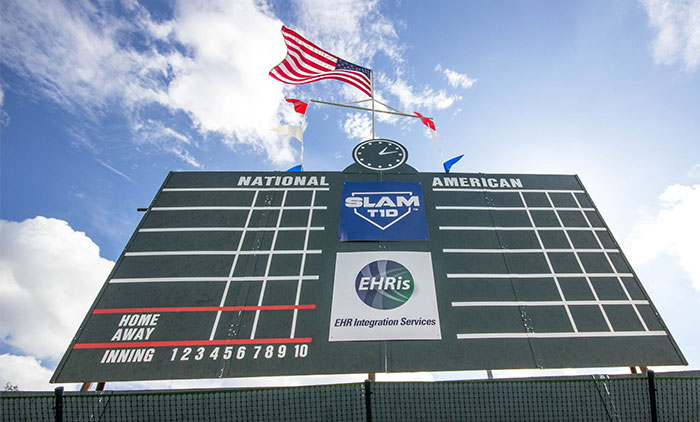Type 1 diabetes (T1D) is a lethal, life-altering autoimmune disease that afflicts nearly two million people in the U.S. alone. There currently is no cure and the number of annual diagnoses is on the rise. It is perhaps the only disease in which patients are required to monitor their condition constantly and make their own dosing decisions with a drug that, if improperly administered, can kill them. It is a dangerous and relentless 24/7 grind, and research shows that the vast number of people with T1D are failing to properly and safely manage their disease.
With T1D, the body attacks its own insulin-producing cells in the pancreas. Insulin is a hormone that enables the body to metabolize and use glucose. Elevated glucose levels can be immediately life-threatening in severe cases, but more commonly they can result in a range of serious long-term health complications, including blindness, amputations, heart disease and kidney disease. T1D is managed today by a rigorous regimen of monitoring glucose levels – either by pricking one’s skin multiple times per day or wearing a subcutaneous continuous glucose monitor – and then administering insulin via injection or an insulin pump. While advancements in technology are working to automate this process, people with T1D and their caregivers must continue to play the role of a pancreas amidst constant concerns of access and affordability of essential medication and equipment.





